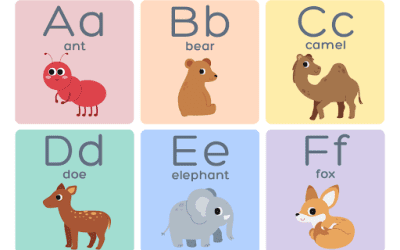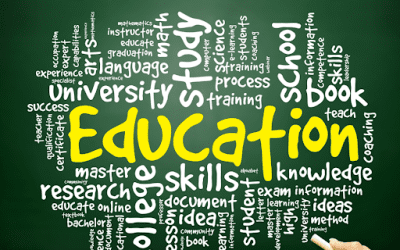Publishing leaders face yet another controversial conundrum – phonics versus balanced literacy instruction. For the last twenty years, providers have pivoted content development from a single text to a series of leveled teaching techniques. Now, educators are under fire for using instructional methods not backed by evidence and research to teach kids how to read. Recent headlines put phonics back in the spotlight as the method for teaching students to read. Again, publishers must rise to the challenge of giving teachers the tools they need in their classroom – as individualized as that can be. Publishers can use these 5 points to support phonics-based instruction for K-12 education.
1.) Phonics Instruction Indicates Higher Reading Scores for K-12 Education
So, studies show that students who get phonics instruction score higher on reading assessments than those with no phonics instruction. But the difference is marginal. Many kids often figure out how to read with little or no phonics before reading instruction begins at school. Yet, many students would struggle to read without phonics. A large subset of K-2 students benefits from phonics instruction. Thus, the best strategy for leaders is to tell their content creation teams to weave phonics instruction into their products. Then educators can use the tools to help struggling readers. That way, all students understand the relationship between letters and sounds.
2.) Support Daily Phonics Instruction for K-12 Education
Likewise, daily phonics instruction works best. So, phonics instruction needs to be part of the standing curriculum. Phonics on the fly does not work for struggling early readers. Yet, whole language instruction may not get the job done either. Publishers support their balanced literacy curricula with additional phonics instruction add-ins. Likewise, phonics can be add-on products such as vocabulary lists, sight-reading activities, and interactive letter-sounds games. Once kids learn to decode words with phonics, they learn new words quickly. As well, sight words still need to be memorized. Publishers can tap their content creation team to create fun, engaging tools that aid sight word memorization. Also, publishers can give teachers targeted digital tools for rote instructional tasks. These resources free up educators to work with struggling students. Besides that, publishers should look to successful readers to make new products.
3.) For K-12 Education, Publishers Create Products Based on the Student Experience
Providers make products based on the errors students make when learning to read. Often resources mimic instructional techniques not supported by evidence and research to teach reading. Besides that, publishers can research and copy the behaviors of successful readers. Successful, early readers figure out the sounds that letters make to decode the word. Now, publishers reconsider the effectiveness of leveled readers, cueing, and independent reading in the classroom. Publishers can continue to supplement curricula with challenging texts for readers. Providers can offer discussion guides, activities, and classroom resources that lead educators away from leveled readers. Besides that, cueing clues in the texts can shift to more substantial phonics support. Also, publishers include tools that help students track words across the page. Also, significant learning gains happen when students experience challenging text.
4.) Prioritize Reading Comprehension for K-12 Education
Still, publishers can make products that prioritize reading comprehension. Leaders can champion educators by giving them high-quality texts based on evidence and research. Besides that, publishers can continue to build curricula in science, social studies, and art. Here too, providers supply teachers with additional resources. Still, accessible content, provides the best product for instructors to teach their students. Learning comes when students can relate an experience in their lives to the content.
5.) Produce High-Quality Content
Most importantly, the best strategy remains to create high-quality content. Publishers can put their phonics curricula into the state-approved list so that schools can get funding to purchase the curriculum. Besides that, publishers can use their existing products to build add-on phonics curricula into their current offerings. Also, they can create digital tools that help students learn to read in a science-backed way.
Publishers need to focus on the above five things to support K-12 education. Pair their comprehensive literacy program while at the same time emphasizing phonics. Also, give teachers high-quality texts for all students in their classrooms. Overall, providers give educators the resources and tools to focus on teaching phonics in their classrooms.




